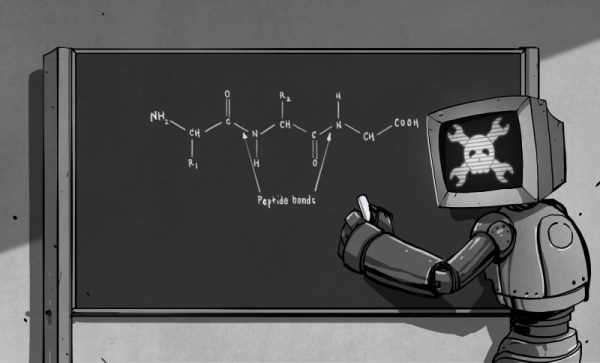Three things have happened in the last month that have made me think about the safety of self-driving cars a lot more. The US Department of Transportation (DOT) has issued its guidance on the safety of semi-autonomous and autonomous cars. At the same time, [Geohot]’s hacker self-driving car company bailed out of the business, citing regulatory hassles. And finally, Tesla’s Autopilot has killed its second passenger, this time in China.
At a time when [Elon Musk], [President Obama], and Google are all touting self-driving cars to be the solution to human error behind the wheel, it’s more than a little bold to be arguing the opposite case in public, but the numbers just don’t add up. Self-driving cars are probably not as safe as a good sober driver yet, but there just isn’t the required amount of data available to say this with much confidence. However, one certainly cannot say that they’re demonstrably safer.


















